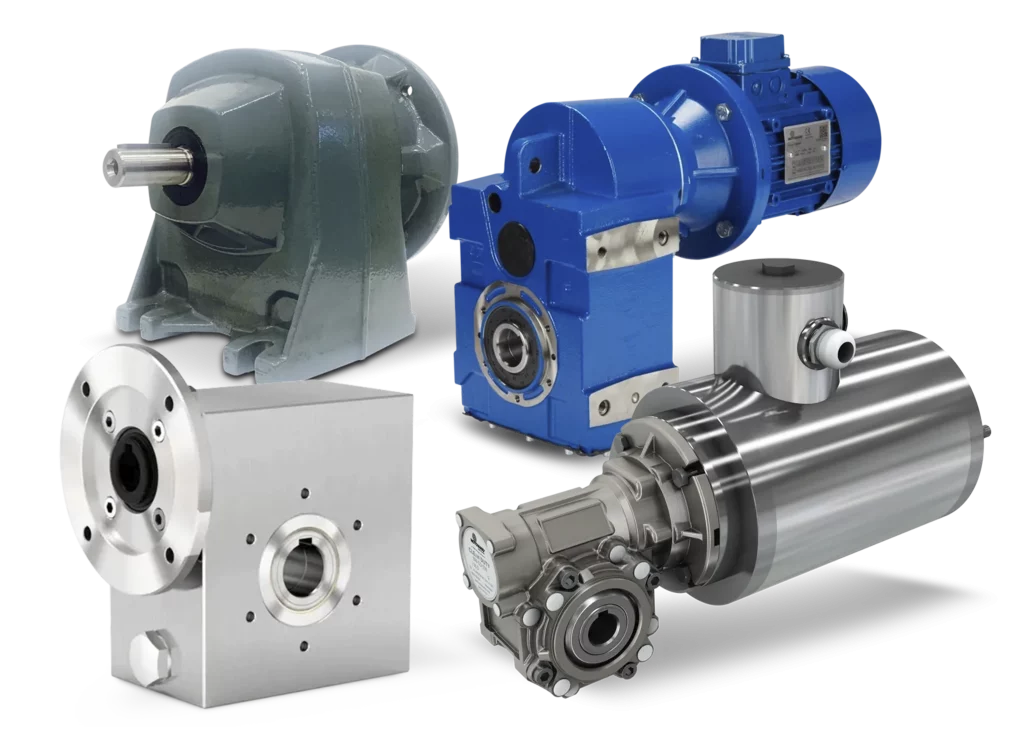Gearboxes are crucial components in various industries, as they transmit mechanical power and torque from one rotating part to another. They come in different types, such as bevel, helical, and worm gearboxes. In this article, we'll discuss how each of these gearboxes works, their efficiency, advantages, disadvantages, and applications in different industries.

When choosing the right gearbox for a specific application, it’s essential to consider factors such as torque requirements, efficiency, noise and vibration levels, space constraints, and the need for a self-locking mechanism. Each type of gearbox offers unique advantages and disadvantages, so understanding the specific needs of the application will help in selecting the most suitable option.
Different industries may have unique requirements for gearboxes, depending on the nature of the application and operating conditions. For example, the automotive industry may prioritize compact design and efficiency, while heavy-duty applications in construction or mining might require high torque transmission and durability. Understanding these industry-specific needs will help in selecting the right gearbox type.
In conclusion, bevel, helical, and worm gearboxes each offer distinct advantages and disadvantages, depending on the specific application and requirements. Bevel gearboxes are ideal for transmitting power between intersecting shafts, helical gearboxes offer high efficiency and smooth operation, and worm gearboxes provide high torque transmission and a compact design. By considering factors such as torque, efficiency, and space constraints, it’s possible to select the most suitable gearbox for a given application.


Betech 100pt Ltd
Four Square Buildings, Thomas Street, Heckmondwike,
West Yorkshire WF16 0LS
Registered in England No. 240 4937
VAT No. 461 3067 67
Betech Terms & Conditions
To view our updated terms and conditions of sale